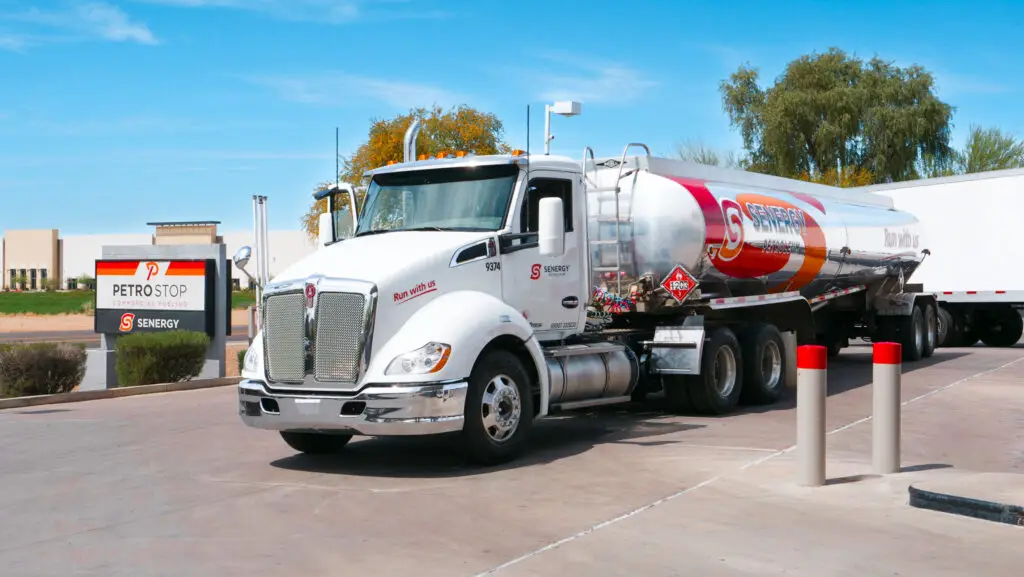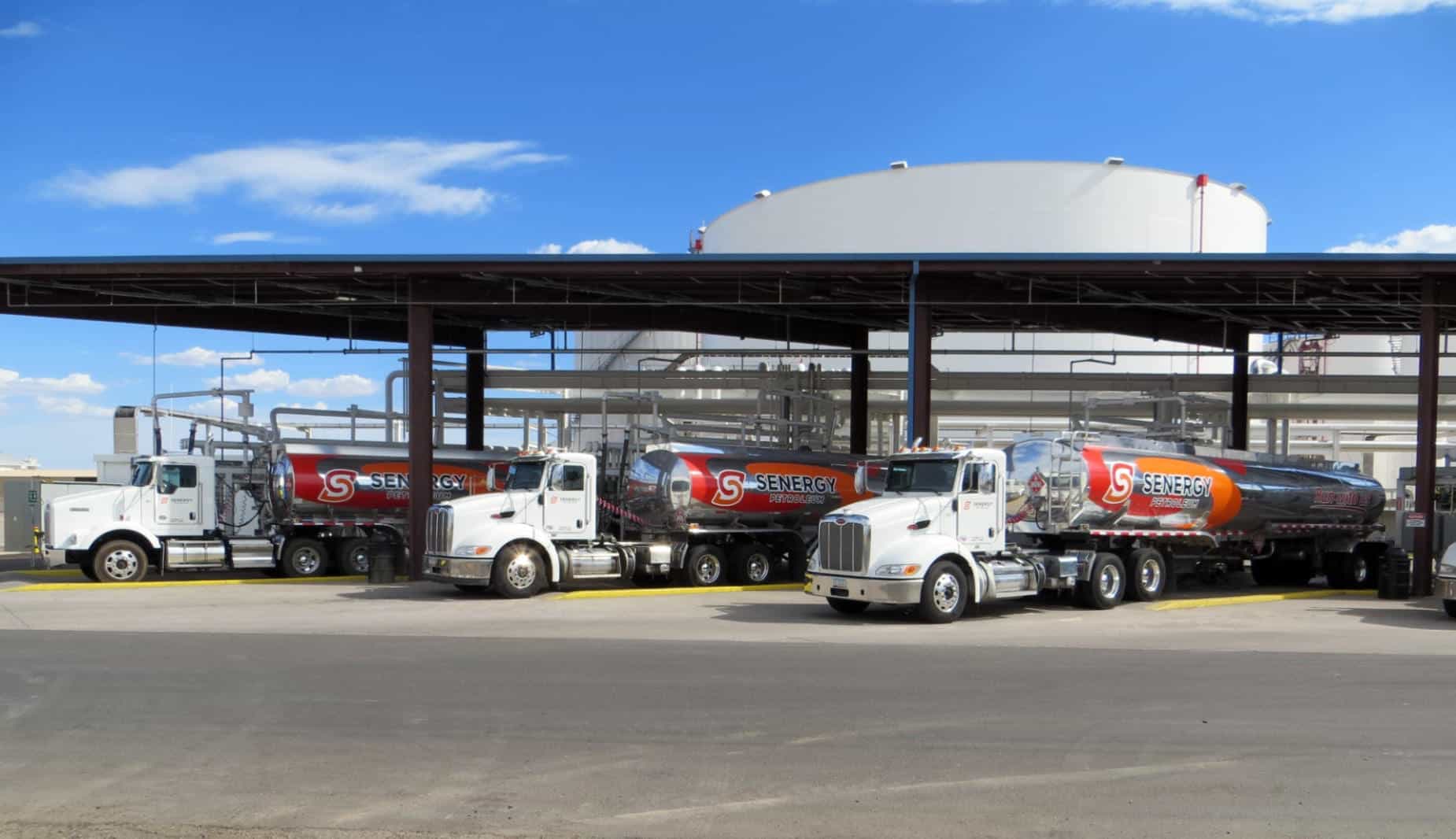Off-Road Diesel vs. Regular Diesel: What’s the Difference?
Diesel fuel is widely known for powering vehicles and equipment, but there’s more to it than meets the eye—especially when comparing off-road and regular diesel. The key differences come down to usage, cost, and legal requirements. Off-road diesel is taxed less, making it a cost-effective choice for construction, agriculture, and industrial operations. Regular diesel, designed for on-road vehicles, carries higher taxes and stricter regulations. Knowing these distinctions ensures you choose the right fuel for your needs.

What is Off-Road Diesel
Red diesel, or off-road diesel, is specifically for trucks and machinery that don’t operate on public roads. It’s widely used in agriculture, construction, and industrial equipment like boats and heavy machinery. Its distinct red color differentiates it from regular diesel and helps enforce usage regulations. With lower taxes, off-road diesel is a cost-effective choice for powering heavy equipment that doesn’t need to meet on-road fuel standards.
Regular Diesel: What's the Hype?
On-road diesel, or regular diesel, is used in vehicles that operate on public roads, including cars, trucks, and buses. It is more expensive than off-road diesel due to higher taxes and stricter regulations aimed at ensuring compliance with emissions standards. Regular diesel is processed with additives that help reduce engine wear, improve fuel efficiency, and optimize mileage. These additives contribute to cleaner combustion, enhancing engine performance and longevity while maintaining the power needed for on-road vehicles.

The Key Differences Between Off-Road Diesel and Regular Diesel
The differences between off-road and on-road diesel go beyond color and tax rates—they also involve usage and regulations.
Off-road diesel is taxed less because it’s used in machinery that doesn’t contribute to road wear. In contrast, on-road diesel is more expensive due to taxes supporting public infrastructure. Off-road diesel fuels equipment like agricultural machinery, construction vehicles, boats, and generators, while on-road diesel is used in trucks, cars, and buses.
On-road diesel is refined to meet strict standards for highway use, while off-road diesel is less processed, making it a more cost-effective option for non-road applications.

Performance and Efficiency: Does It Matter?
You might wonder if off-road diesel performs differently or affects mileage compared to regular diesel. While both have nearly identical energy content and provide sufficient power for diesel engines, the key difference is in the additives. Off-road diesel lacks the emission-reducing additives found in regular diesel, making it unsuitable for on-road use.
Off-road equipment, such as construction machinery and heavy trucks, is built to handle the less refined nature of off-road diesel, so it performs well in these applications. These machines don’t require the same level of emissions control as on-road vehicles, making off-road diesel a suitable choice.
However, using off-road diesel in an on-road vehicle can cause serious issues, including clogged filters, reduced fuel efficiency, and engine damage. Regular diesel, with its added refinements, ensures cleaner combustion and better engine performance, making it the right choice for highway driving.
Legal Implications: Off-Road Diesel on the Road
In many regions, using off-road diesel in on-road vehicles is strictly prohibited. Because off-road diesel is taxed differently, using it in public vehicles can be considered tax evasion. Additionally, it doesn’t meet the emissions standards required for on-road use. In countries like the United States and the United Kingdom, violations can lead to severe fines or even vehicle confiscation. Authorities use red dye in off-road diesel to easily detect misuse during inspections.
For businesses that use both types of fuel, it’s essential to keep them separate to avoid legal issues. Mixing fuels can result in costly penalties and potential damage to a company’s reputation. Following regulations and using the correct fuel for each application ensures compliance and smooth operations.
Cost Differences: Why Is Off-Road Diesel Less Expensive?
One of the biggest reasons industries use off-road diesel is its lower cost. Since it’s taxed and regulated differently than regular diesel, it’s a much more affordable option. For businesses that use large amounts of fuel—such as construction companies, farms, and warehouses with heavy equipment—these savings add up quickly. However, using off-road diesel in an on-road vehicle isn’t just illegal; it can lead to hefty fines, legal fees, and costly engine repairs if impurities cause clogging or damage.
While the lower price of off-road diesel is appealing, the risks far outweigh the savings for on-road use. Businesses should also factor in the long-term costs of using the wrong fuel, which can lead to increased maintenance, engine damage, and potential breakdowns.
Bottom Line On Off-Road Diesel And Regular Diesel?
At Senergy, we understand that while off-road diesel and regular diesel may seem similar, they serve very different purposes and come with distinct legal and financial implications. Regular diesel is designed for on-road vehicles, with higher taxes to support public infrastructure. Off-road diesel, on the other hand, is made for off-road equipment, offering a cost-effective option for industries with heavy machinery due to its lower price and fewer regulations.
Using each type of fuel correctly is crucial to avoid legal issues, optimize engine performance, and prevent unnecessary costs. By making informed decisions on when and where to use each fuel, businesses can avoid costly mistakes and keep operations running smoothly. At Senergy, we’re here to help you navigate these choices and ensure your operations are as efficient and compliant as possible. Run With Senergy and fuel your success.

